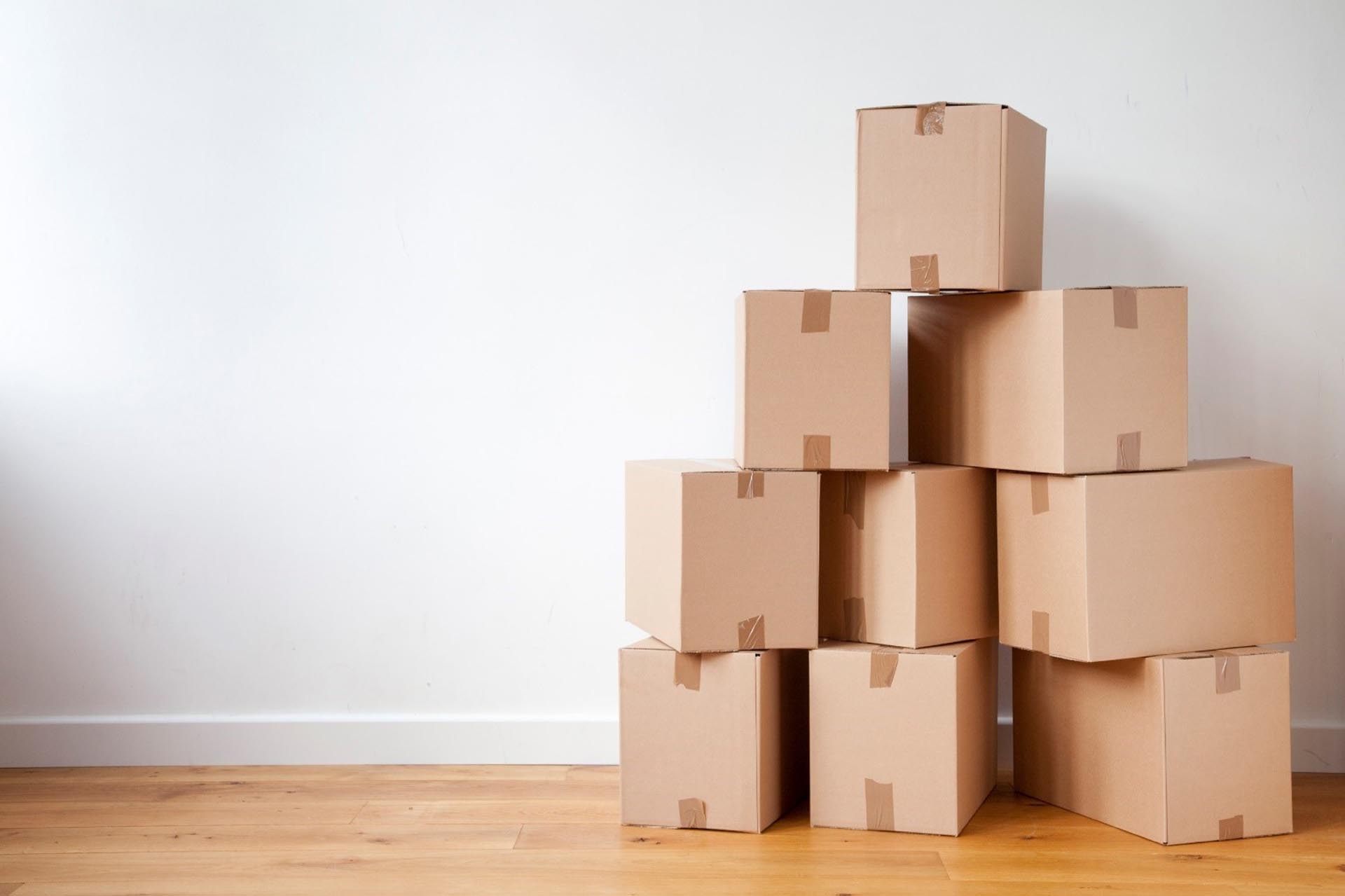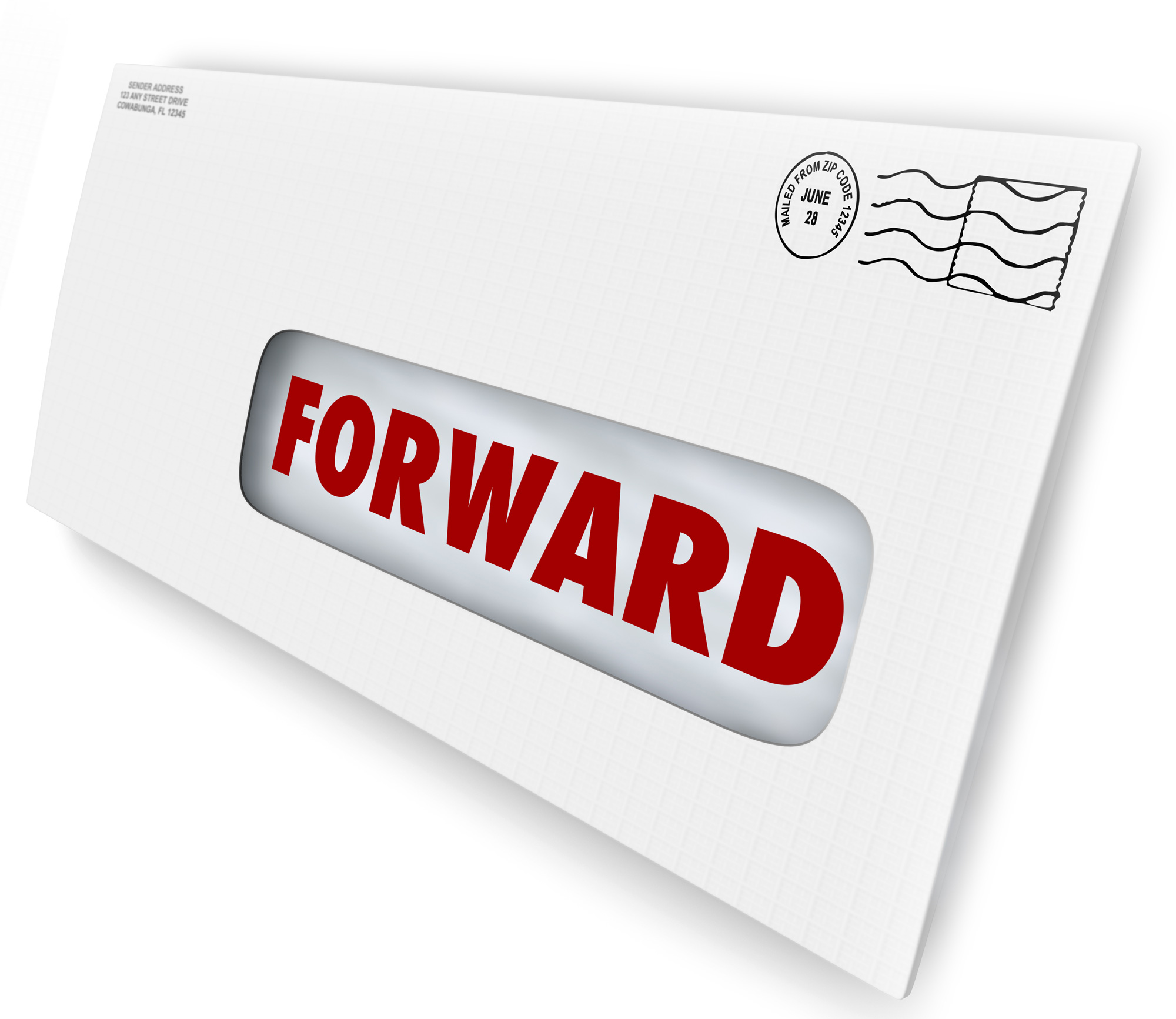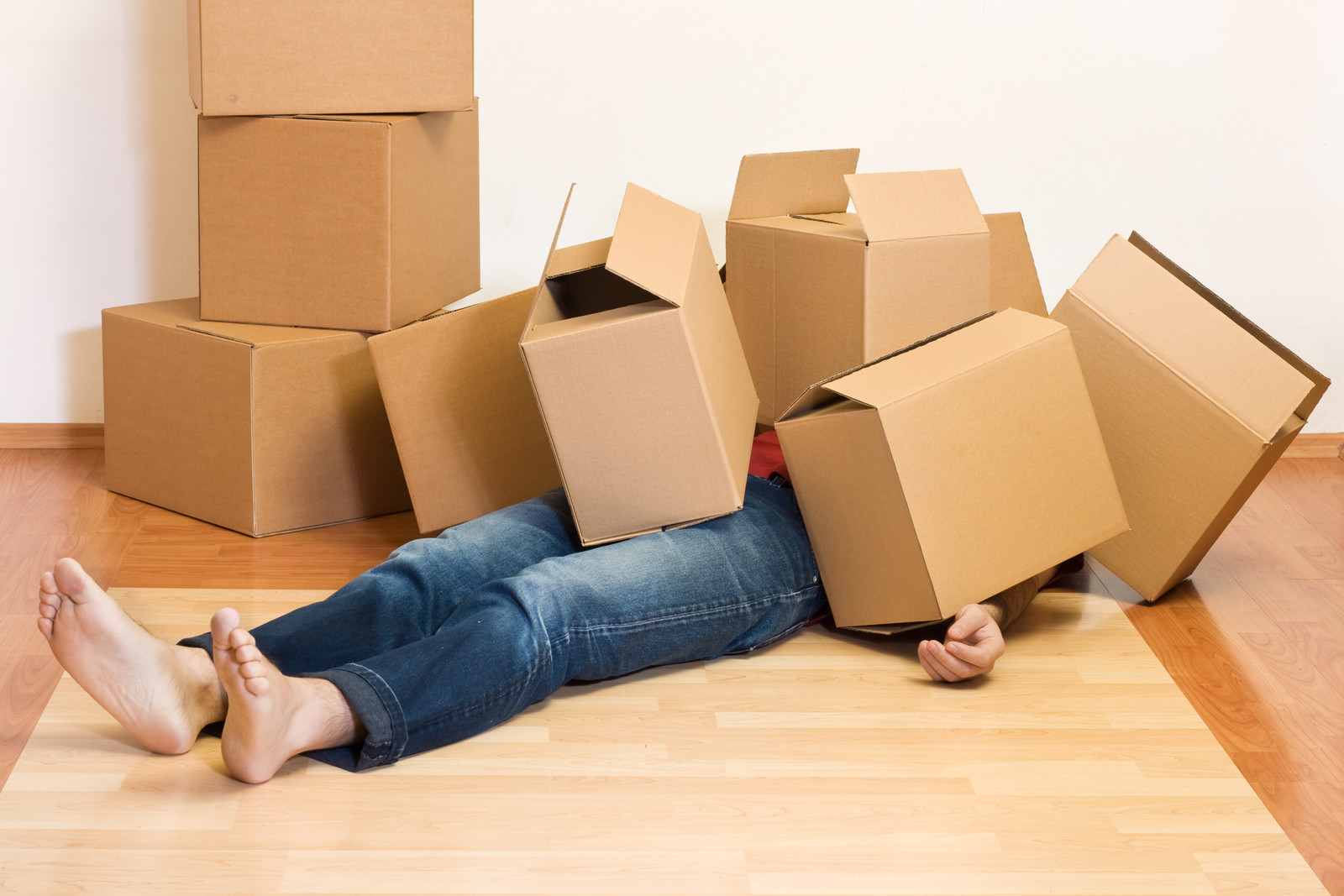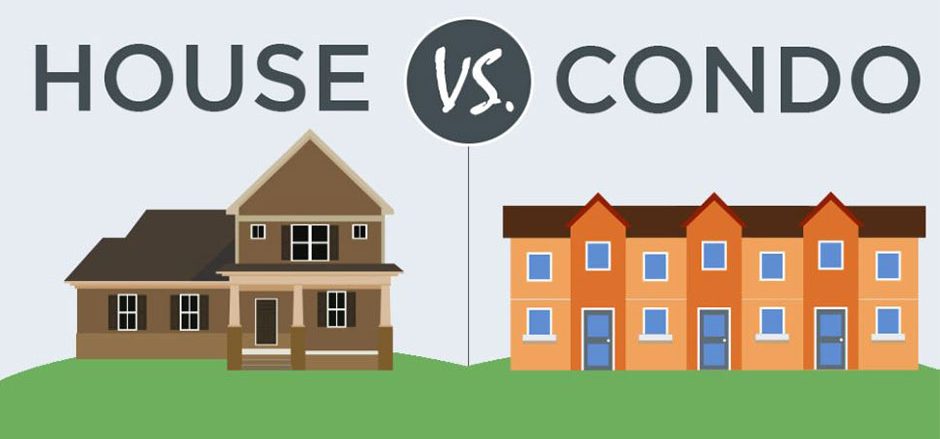In the heart of the Midwest, Illinois stands as a state rich with history, vibrant cities, and picturesque landscapes. For many, it’s not just a state—it’s home. Protecting your home means more than just securing four walls and a roof; it’s about safeguarding the memories, investments, and future that reside within. This guide is dedicated to helping you understand how home insurance can protect your most valuable asset.
This blog will walk you through everything you need to know, from the basics of home insurance to specific considerations for homeowners in Illinois.
The Essentials What is Home Insurance
Home insurance, at its core, is a type of property insurance designed to cover losses and damages to an individual’s residence. It also provides liability coverage against accidents in the home or on the property. The main components of a standard home insurance policy include dwelling coverage, personal property protection, liability protection, and additional living expenses.
Dwelling coverage protects the structure of your house. If a tornado tears through your Illinois home, which isn’t uncommon given the state’s weather patterns, dwelling coverage helps pay for repairs. Personal property protection covers your belongings, from furniture to electronics. Whether a fire ruins your laptop or a thief makes off with your new TV, this part of your policy has you covered.
Liability protection is equally important, protecting you from lawsuits for bodily injury or property damage that you or your family members cause to other people.
If your dog decides to dig up the neighbor’s prized rose bush, liability protection may be what saves you from a hefty bill. Additional living expenses cover the costs of living elsewhere while your home is repaired or rebuilt after a covered disaster.
Knowing Your Risks Illinois-specific Perils
Illinois presents unique challenges and risks that can affect your home insurance needs. The state experiences a variety of weather conditions—from harsh winters to thunderstorms and tornadoes. Understanding these risks can help you tailor your insurance coverage to better protect your home.
Tornadoes are a significant threat in Illinois, especially during the spring and summer months. With an average of 54 tornadoes per year, the state ranks high nationally for tornado frequency.
Ensuring your home insurance policy covers wind damage is crucial. Flooding, often a result of heavy rainstorms, is another risk. While standard home insurance policies do not typically cover flood damage, purchasing flood insurance through the National Flood Insurance Program (NFIP) can offer peace of mind.
Winter storms and severe cold are also common in Illinois. They can lead to frozen pipes, roof damage from ice buildup, and other issues. It’s essential to verify that your policy includes coverage for these types of damages. Discussing your specific concerns with an insurance agent can provide clarity and ensure that you are adequately protected against these Illinois-specific risks.
Types of Home Insurance Coverage Options
Understanding the different types of home insurance policies available can help you make an informed decision that best suits your needs. The most common types of home insurance policies include HO-1 through HO-8, each offering varying levels of coverage.
The HO-3 policy is the most common type of home insurance purchased by homeowners. It provides comprehensive coverage for your home and personal property, insuring against all perils except those specifically excluded in the policy. This type of policy offers a broad range of protection, making it ideal for most homeowners.
For older homes, an HO-8 policy might be more suitable. It covers the same perils as an HO-3 policy but is tailored for houses that may not meet modern construction standards. If you own a condo, an HO-6 policy provides coverage for the interior structure of your unit and personal property.
When selecting a policy, consider factors like the age of your home, its location, and your personal circumstances. Consulting with an insurance professional can help you understand which policy type aligns best with your needs.
Determining the Right Amount of Coverage
Finding the right amount of coverage is crucial to ensure your home and belongings are adequately protected without overpaying. The key is to balance your coverage needs with your budget, considering factors such as the value of your home, your possessions, and your potential liability.
Start by estimating the cost to rebuild your home in case of a total loss. This figure should include the current cost of materials and labor in Illinois. An accurate assessment can prevent underinsurance. Next, create an inventory of your personal belongings, noting their value to ensure your personal property coverage is sufficient. This inventory can also aid in filing claims more efficiently.
Liability coverage is equally important and should be enough to protect your assets in case of a lawsuit. A good rule of thumb is to have at least $300,000 in liability coverage, but depending on your circumstances, you may want to consider additional coverage. Ultimately, the best way to determine the right amount of coverage is to discuss your unique situation with an experienced insurance agent.
Navigating Deductibles and Premiums
Deductibles and premiums are two key components of your home insurance policy that directly affect your out-of-pocket costs and overall financial protection. Understanding how they work and how to manage them is essential for making informed decisions.
A deductible is the amount you pay out of pocket before your insurance kicks in to cover a claim. Choosing a higher deductible can lower your premium, the amount you pay for coverage. However, ensure that the deductible is an amount you can afford in case of a claim. Balancing your deductible and premium requires assessing your financial situation and risk tolerance.
Your premium is influenced by various factors, including the age and condition of your home, its location, your claims history, and the amount of coverage you select. Insurance providers often offer discounts that can help reduce your premium. These may include bundling home and auto policies, installing security systems, or having a claims-free record.
Policy Customization Tailoring Coverage to Your Needs
Customizing your home insurance policy to fit your unique needs is essential for comprehensive protection. Many providers offer optional endorsements or riders that can enhance your coverage and address specific concerns.
Consider adding coverage for valuable items like jewelry, artwork, or collectibles, as standard policies may have limits on these possessions. If you run a business from home, business property coverage can protect your equipment and inventory. Additionally, identity theft protection can offer peace of mind in today’s digital world.
Discuss your specific needs and concerns with your insurance agent to explore available options for customizing your policy. Ensuring your policy reflects your lifestyle and risk profile can provide better protection and peace of mind.
Reviewing and Updating Your Policy Regularly
Regularly reviewing and updating your home insurance policy is crucial to maintaining adequate coverage and keeping up with changes in your life and home. Life events such as renovations, new purchases, or changes in family composition can affect your coverage needs.
Schedule an annual policy review with your insurance agent to assess any changes that might require adjustments to your coverage. During the review, discuss any updates or improvements made to your home, as these could impact your coverage requirements.
Additionally, monitor changes in the local real estate market and construction costs, as they can influence the cost of rebuilding your home. Staying proactive and informed ensures your policy remains relevant and effective.
Understanding the Claims Process
Handling an insurance claim can be a stressful experience, especially when you’re already dealing with a loss. Familiarizing yourself with the claims process can help ease the burden and ensure a smooth resolution.
Start by reviewing your policy to understand the coverage and exclusions applicable to your claim. Document any damage by taking photos and making a list of affected items. Contact your insurance provider promptly to report the claim and follow their instructions for the next steps.
Keep detailed records of all communication with your insurer, including names, dates, and notes from conversations. Your insurance adjuster will assess the damage and provide an estimate for repairs or replacement. Be prepared to negotiate if the initial offer doesn’t meet your expectations.
Tips for Lowering Your Home Insurance Costs
Lowering your home insurance costs without sacrificing coverage is achievable with a few strategic steps. Implementing these tips can help you save money while maintaining comprehensive protection.
Improve your home’s security by installing alarms, smoke detectors, and security systems, as these measures can lead to discounts. Regularly maintain your home’s roof, plumbing, and electrical systems to reduce the likelihood of claims.
Consider raising your deductible to lower your premium, but ensure it’s an amount you can comfortably afford. Bundling your home insurance with other policies, such as auto insurance, can also result in significant savings.
The Importance of Reading the Fine Print
Reading the fine print of your home insurance policy is essential for understanding its terms, conditions, and exclusions. Knowing the details ensures there are no surprises when you need to file a claim and helps you make informed decisions about your coverage.
Pay attention to any exclusions or limitations in your policy, as these can impact your coverage in specific situations. Ensure you understand how the claims process works and what documentation is required to support a claim.
If you have questions or concerns about your policy, don’t hesitate to reach out to your insurance agent for clarification. A thorough understanding of your policy can provide peace of mind and protect your investment.
A Secure Home, A Secure Future
Home is where the heart is, and protecting it is a priority. By understanding the nuances of home insurance and tailoring your policy to your needs, you can safeguard your most important investment and enjoy peace of mind.
Regularly review and update your policy, remain proactive in preventing potential hazards, and work closely with your insurance provider to ensure comprehensive protection.
Ready to explore your home insurance options?
Amigo Insurance is here to help you get perfect coverage and expert advice. If you’re looking for an insurance plan that suits your needs, our friendly team is here to help you. Get your quick quote now!
Give us a call today at (773) 847-9000 to learn more about how we can support you. Stay protected, stay insured, and let Amigo Insurance be your guide.













